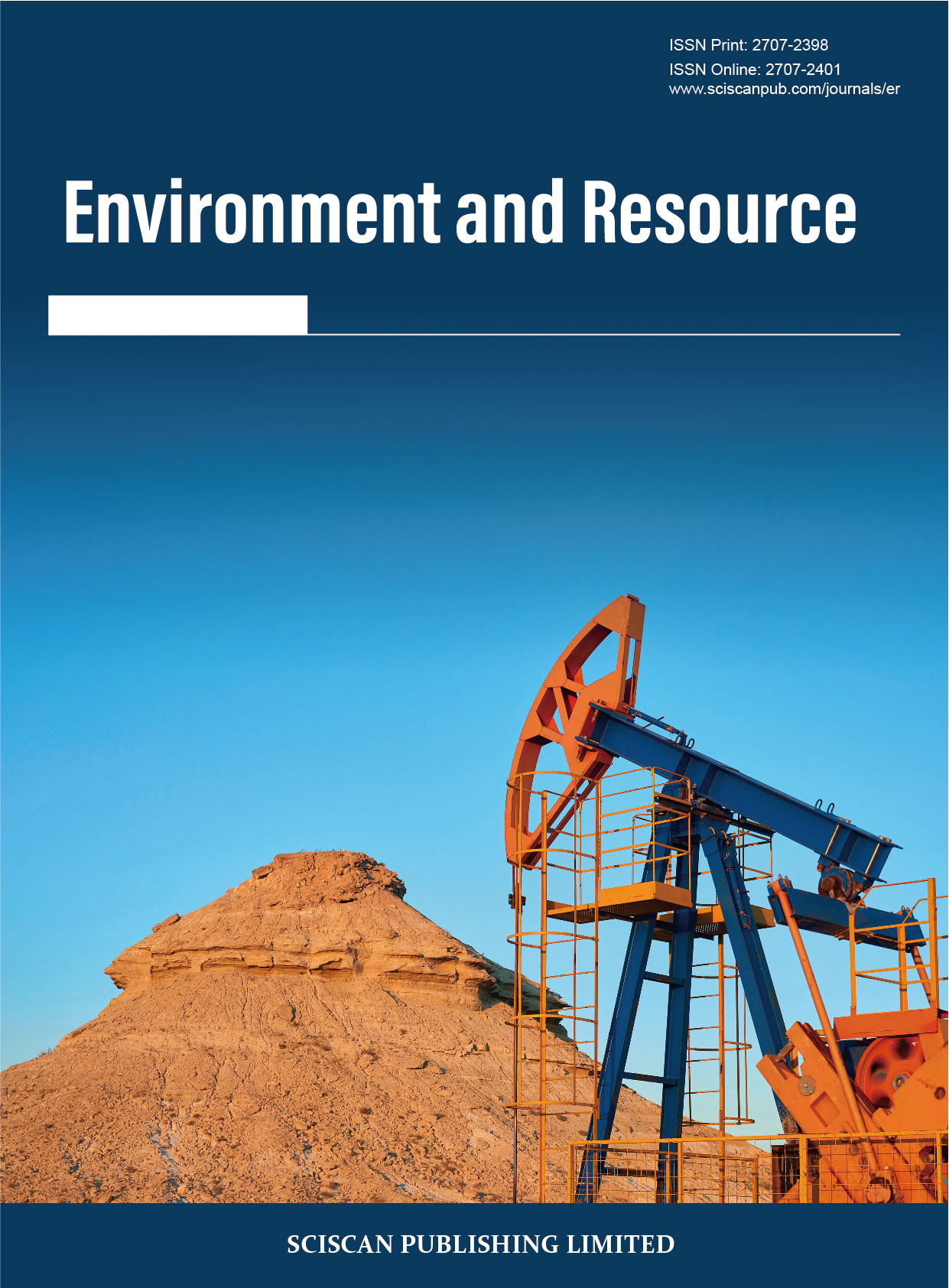Environment and Resource
ISSN Print:2707-2398
ISSN Online:2707-2401
Contact Editorial Office
Subscribe to the latest published information from SCISCAN
基于RS的石家庄市植被覆盖度时空变化研究
Spatial-temporal Variation of Vegetation Coverage in Shijiazhuang City based on RS
- Authors: 杜锦昊¹ 段兴明²
-
Information:
1.河南理工大学测绘与国土信息工程学院,焦作; 2.重庆科技大学石油与天然气工程学院,重庆
- Keywords: 植被覆盖度;时空变化;遥感
- Vegetation coverage; Space-time change; Remote sensing
- Abstract: 石家庄市作为京津冀协同发展的重要节点城市,也是河北省的政治、经济、文化和科技中心,其植被覆盖度的时空变化能很好地反映城市的绿色发展状况。本文选取Landsat系列数据,通过计算归一化植被指数,结合像元二分法这一遥感估算模型来进行石家庄市2016—2022年植被覆盖度的时空变化研究。结果显示:石家庄市2016—2019年植被覆盖大量减少,2019—2022年植被覆盖趋于稳定。高植被覆盖区的面积减少了3474.64km²,较高植被覆盖区的面积增加了1228.68km²,中植被覆盖区的面积增加了993.5km²,较低植被覆盖区和低植被覆盖区的面积也有所增长,分别增加了648.77km²和603.69km²。空间上表现为西高东低的特征。本文对石家庄市植被覆盖度时空变化的研究为接下来该市进一步的绿色发展提供了科学的参考依据。
- As an important node city in the coordinated development of Beijing, Tianjin and Hebei Province, Shijiazhuang is also the political, economic, cultural and scientific center of Hebei Province. The spatio-temporal variation of vegetation coverage can well reflect the green development status of the city. This paper selects Landsat series data, calculates the normalized vegetation index, and combines the pixel dichotomy, a remote sensing estimation model, to study the spatial-temporal changes of vegetation coverage in Shijiazhuang from 2016 to 2022. The results show that the vegetation cover in Shijiazhuang decreased significantly from 2016 to 2019, and tended to be stable from 2019 to 2022. The area of high vegetation cover decreased by 3474.64km², the area of high vegetation cover increased by 1228.68km², the area of medium vegetation cover increased by 993.5km², and the area of low vegetation cover and low vegetation cover also increased by 648.77km² and 603.69km², respectively. In space, it is high in the west and low in the east. The study of spatiotemporal variation of vegetation coverage in Shijiazhuang provides a scientific reference for the further green development of the city.
- DOI: https://doi.org/10.35534/er.0603007
- Cite: 杜锦昊.基于RS的石家庄市植被覆盖度时空变化研究[J].环境与资源,2024,6(3):62-71.














